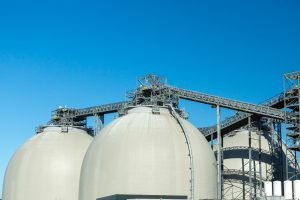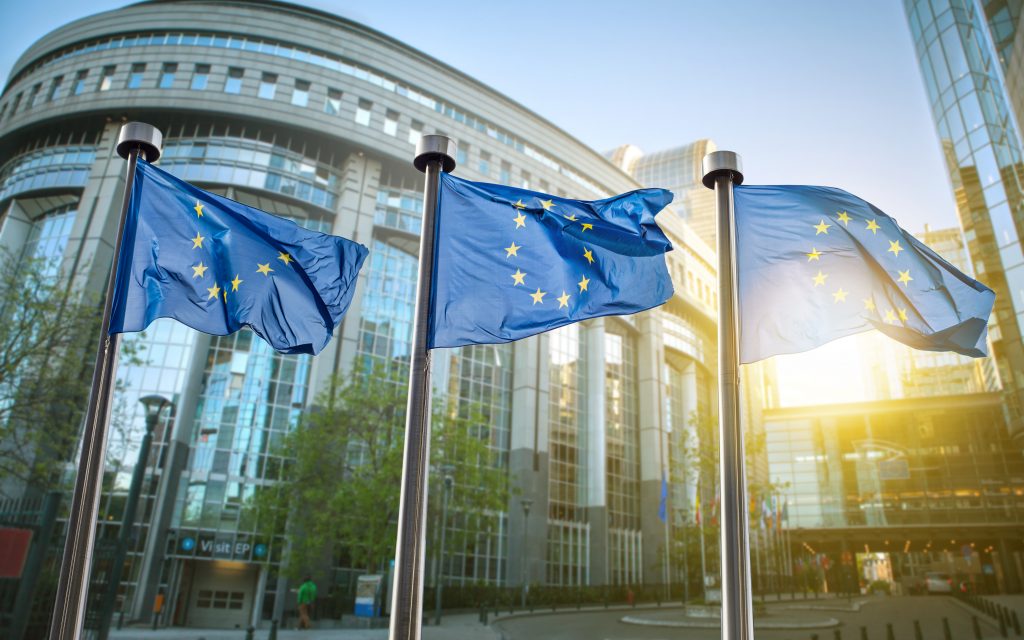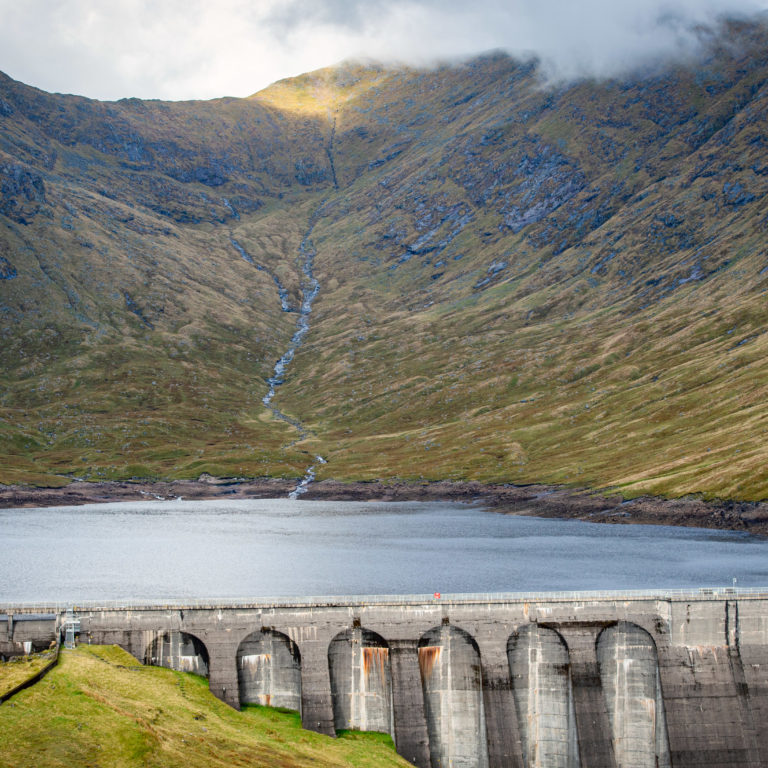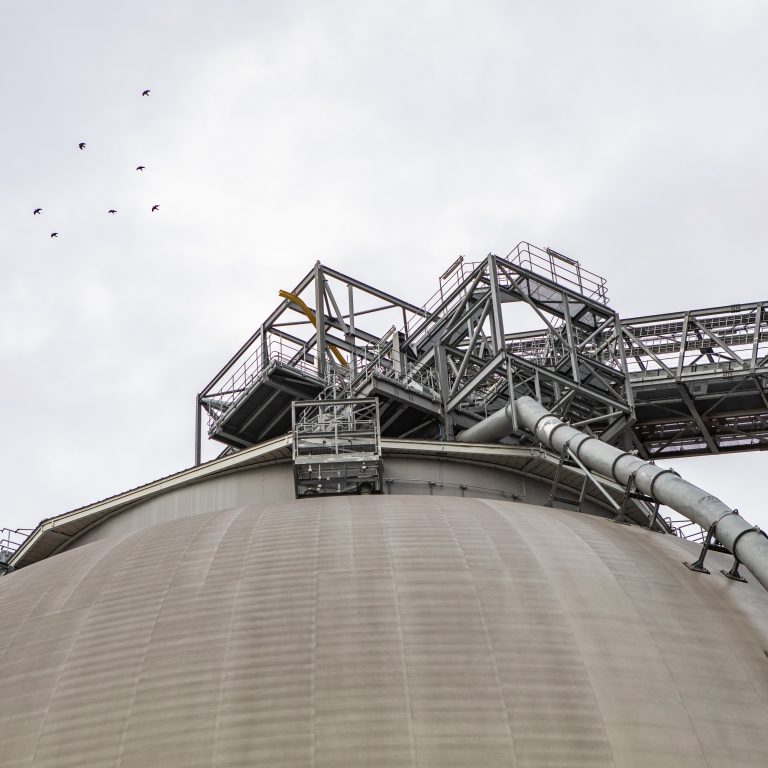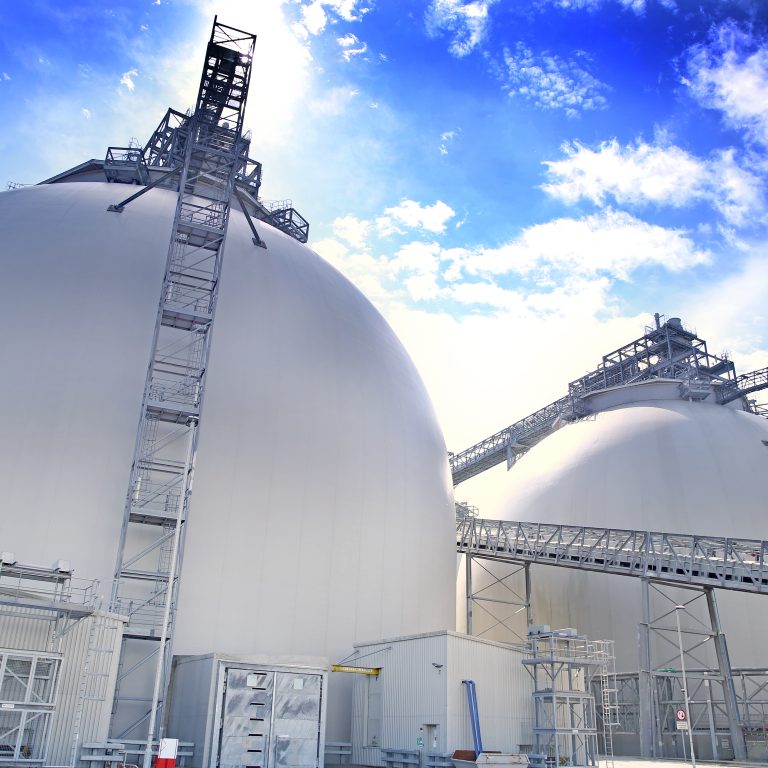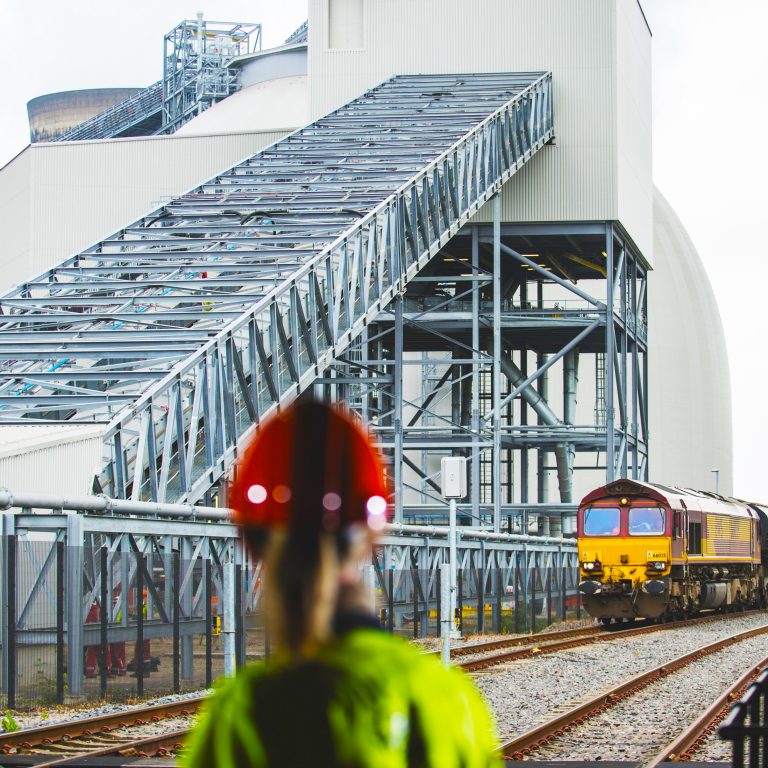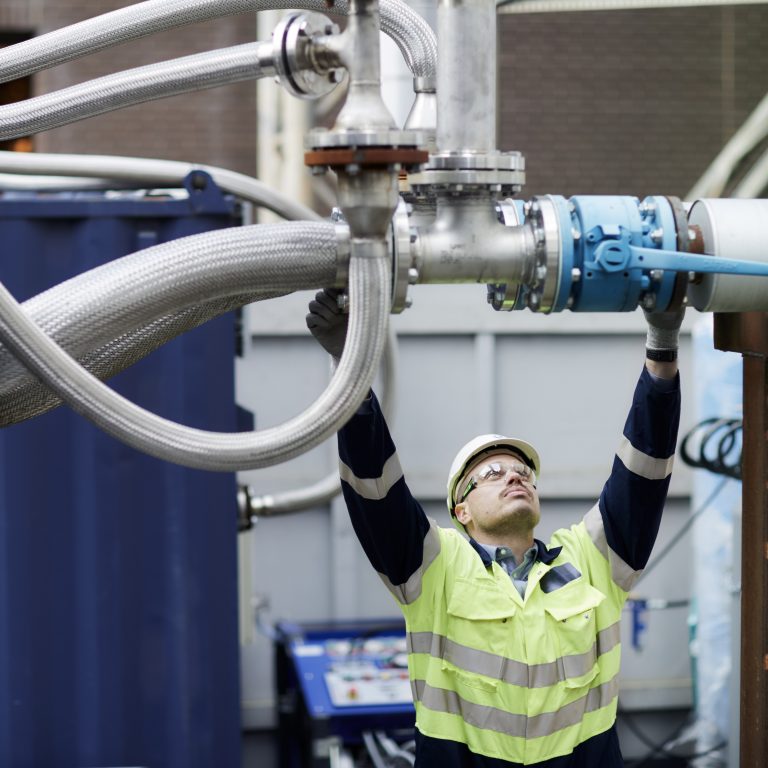***This story was published the day before the announcement by the European Commission. Please scroll to the bottom of this page for the Drax view ***.
When the European Union set out its policy for the promotion of renewable energy in the 2009 Renewable Energy Directive (RED) it set a very ambitious target: by 2020, renewables should make up 20% of the EU’s energy consumption. Each Member State was given a specific goal and made to detail exactly how it would hit this.
The Directive was comprehensive in many ways, but it didn’t include a clear sustainability policy for solid biomass, including compressed wood pellets. As one of the largest sources of renewable energy in Europe, this left a policy gap that many voices – including Drax – have called to be filled.
It’s a wish that will now be granted. A revised RED is set to be published by the EU that will specify clear criteria for all biomass.
“Sustainability has always been absolutely central to our biomass strategy but Drax has always argued that there is a right way to source biomass and a wrong way.”
Importance of sustainable biomass
Biomass is a well-established and essential part of the renewable energy mix. It offers a unique mix of reliability, flexibility and affordability, all while helping to deliver carbon reductions. This makes it particularly important as countries like the UK seek to phase out coal generation and hit the targets set out in the Paris Agreement.
However, in order to secure these carbon benefits biomass needs to be produced sustainably. This means that it comes from responsibly-managed, growing forests, and that the emissions from the supply chain are measured and minimised.
In the UK there are already binding sustainability criteria but this isn’t the case across the EU. Biomass use in the UK is regulated under the EU Timber Regulations and UK’s own Renewable Obligation (RO) biomass sustainability criteria.
The RO is a form of government support designed to incentivise large scale renewable electricity generation in the UK, and to qualify for this, energy companies must adhere to sustainability standards such as properly accounting for their greenhouse gas (GHG) emissions and only sourcing from responsibly managed land and forests.
An EU-wide approach to biomass that follows the UK’s could see the implementation of a risk-based scheme that asks large energy companies to prove how they mitigate against a set of identified risks – like those in the RO criteria. However, it’s important that compliance with these is independently verified – something that could be done by using independent schemes such as the Sustainable Biomass Program (SBP).
The SBP carries out supply-base evaluation of pellet producers to ensure the wood they’re using is qualified as sustainable and they’re meeting the RO criteria. Programmes like the SBP are already being used by most major biomass power generators in the EU and could act as a blueprint for the future.
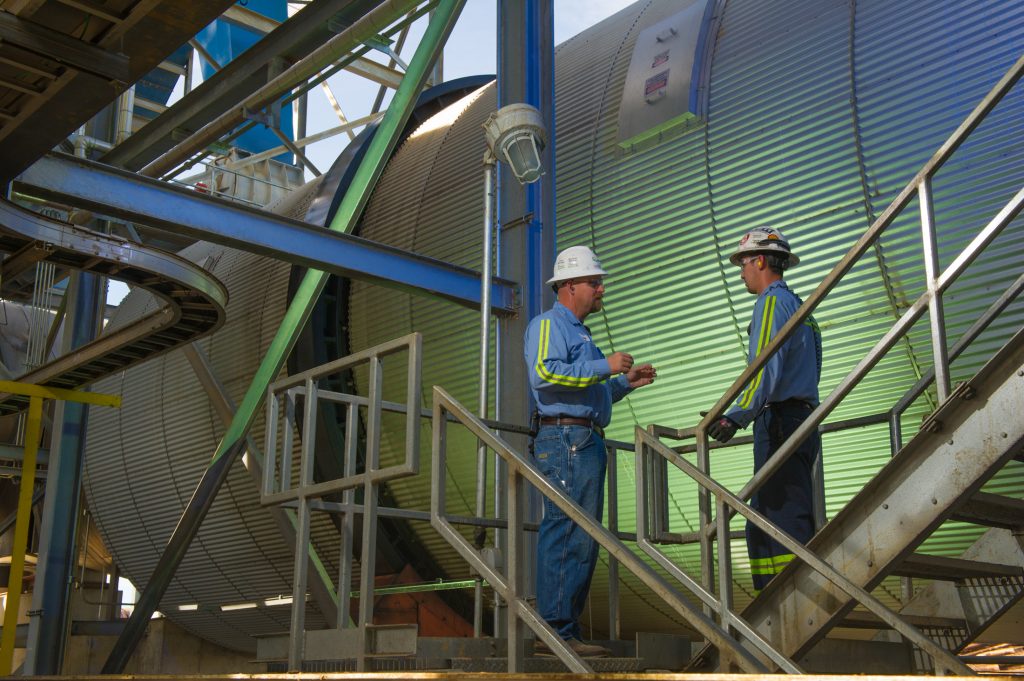
Efficiency where effective
Only a few of the power stations across the EU are suitable for conversion from coal to biomass but those that are, like Drax, can deliver fast, significant carbon savings.
The thermal efficiency of such stations may not be as high as a newly built plant, but they do allow governments to quickly move away from coal. More than that, these plants can continue to provide the critical services – such as voltage control and black start – the grid needs to remain stable and that other renewables can’t.
Drax is one of these stations, and in the first half of 2016 it was able to deliver around 20% of the UK’s renewable power. Thanks to its conversion to biomass, it now does this with over 80% carbon reductions relative to coal.
With the abundance of suitable and sustainably-grown fibre that can be used for biomass electricity generation, there is a strong case for the EU to encourage the coal phase out by encouraging others to undergo conversion from coal to biomass.
But what’s also needed is a clear set of sustainability criteria for biomass. The move to define this is a step in the right direction but the final EU proposal needs to be a practical one.
If the updated RED achieves this, it will mean a bright future for renewable energy in Europe and a clearer path for meeting the continent’s Paris Agreement targets.
*** 30 November, 2016 UPDATE ***
Drax welcomes Renewable Energy Directive proposal
Drax welcomes the publication of the Renewable Energy Directive and bioenergy policy proposal. Drax has been at the forefront of calling for standards based on a risk-assessment to demonstrate the sustainability of biomass used for energy production.
Matt Willey, Public Affairs Director of Drax Power had said that:
“Drax has campaigned for a robust, pragmatic biomass sustainability policy for the whole EU for many years and today is a step in the right direction. It is important that large users of biomass can demonstrate forest regeneration is taking place, that areas of high conservation value are protected, that soil and water quality is maintained and that harvesting does not exceed the long-term production capacity of the forest. We welcome the fact the Commission proposes that voluntary national or international schemes, including those which use a risk based approach, can be used to provide evidence of sustainability.”
“The UK already has the toughest sustainability rules in the world so Drax can be sure our compressed wood pellets are sustainable but it makes sense to have a common policy across the EU.”
Drax Power has made huge efforts to demonstrate the sustainability of its biomass. Sourcing from regions with large surpluses combined with low wood paying capability, Drax is able to track and trace every shipment back to low risk areas, which assures that biodiversity is protected and promotes sustainable forest management.




